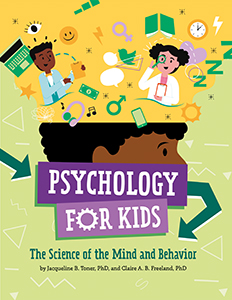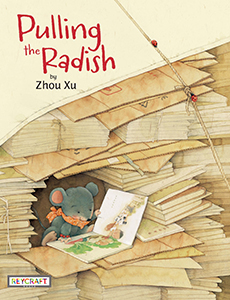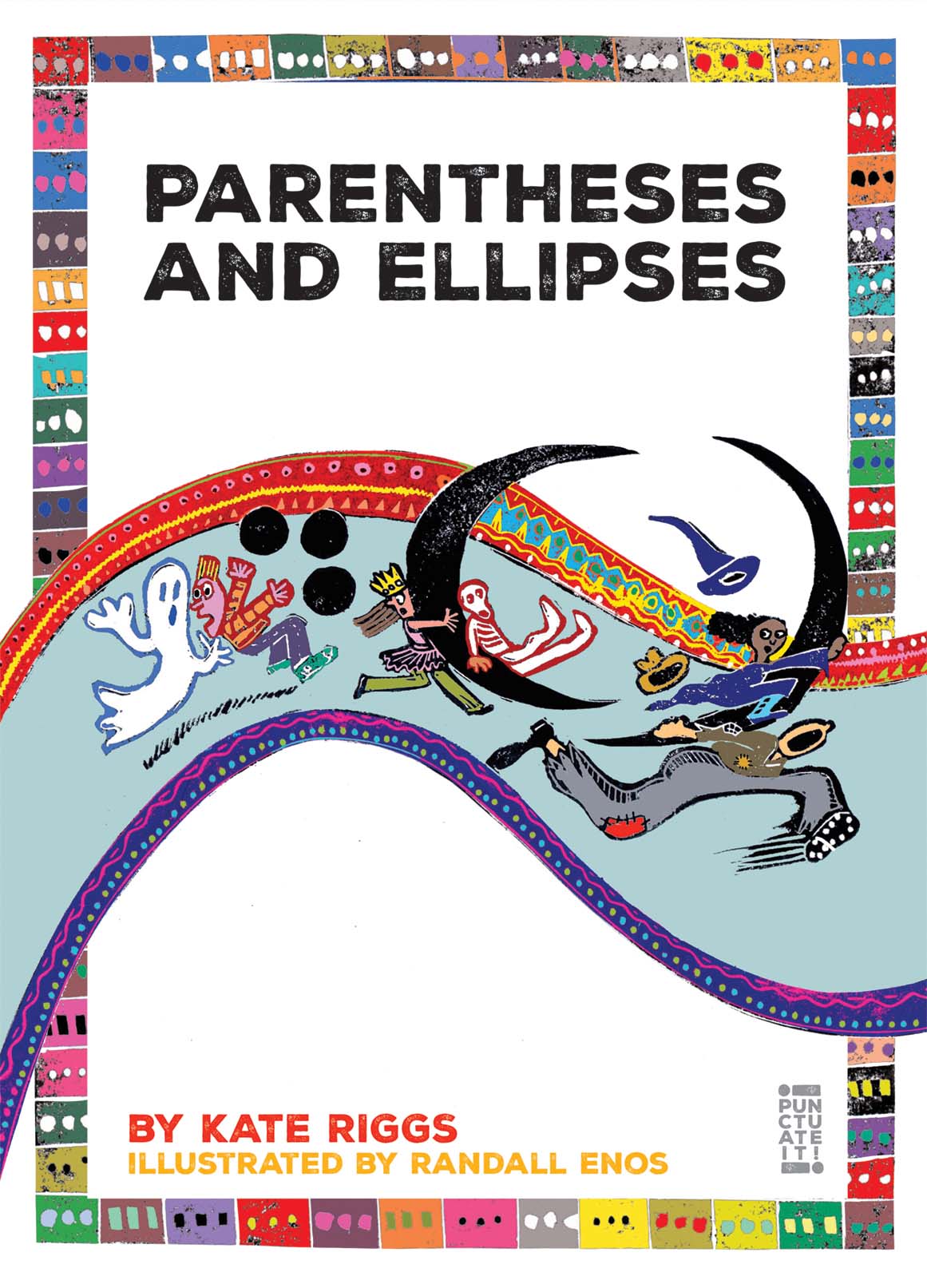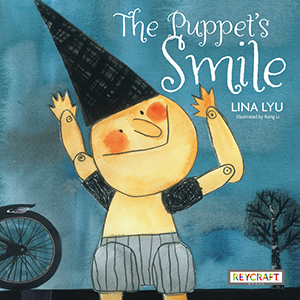Browse Our Books
You can browse our books easily with any of the following filters, hover over the filters or their titles to see their descriptions.
Reading Level
Categories
Or you can use quick search or switch to advanced search for better results...
Search Results (Found 7948 results)

Psychology for Kids: The Science of the Mind and Behavior 
This exciting new book introduces kids to the science of psychology, with chapters on the brain, personality, intelligence, emotions, social relationships, and more. Accompanied by colourful illustrations of psychology's big ideas and lots of hands-on experiments to try at home, there's no better way to dive into the fascinating science of the mind. Why do we sleep? What are feelings? How do we make decisions, and how do we learn from them? Psychology helps us ask and answer these big questions about ourselves, others, and the world around us.

Public Profiles 
This epic collection presents biographies of public figures unlike any published before. Covering both historical and contemporary figures, these volumes compile The New York Times' coverage of prominent politicians, artists, and activists, among other figures, reflecting how the public viewed and understood these biographical subjects throughout the course of their time in the spotlight. This unique coverage of each person's life and impact on society is enlightening, demonstrating how greater attention and scrutiny can change our attitude toward, and understanding and appreciation of, prominent figures in the news.

Pulling the Radish 
The old man pulls up, up, up, and the mice pull down, down, down. But who will pull the enormous radish from the ground?

Punctuate It!
Rules, rules, rules! English grammar is full of rules. How are we supposed to remember when or why to use all those pesky punctuation marks? Why bother, anyway, in an age of texting and rampant emojis? When a proper foundation is laid, all forms of communication benefit: Punctuate It! gently instructs young readers (and writers) to think carefully about the marks they see and to choose their punctuation to create meaningful sentences. Vibrant, off-the-wall illustrations lend visual appeal, and "Punctuation Practice" sessions offer opportunities for interacting with key ideas presented in each short chapter. A brief activity closes each book.

Punctuation Station
What would writing be without punctuation? Confusing! Punctuation Station introduces young readers to seven friends who humorously misuse punctuation marks and learn how to use them correctly. Bright illustrations and relatable stories help readers become familiar with punctuation marks and their uses in reading and writing.

Puns of Fun 
These laugh-out-loud pun-ny tales have a serious social-emotional learning connection. Kids' favourite foods have adventures while learning about self-confidence, perseverance, determination, understanding differences, and respect. A French fry embarks on a quest for ketchup, while mac and cheese face a major break up! Perfect for read-alouds and high-interest read-alones.

Puppet's Smile, The
An old carpenter sends Puppet off into the world with a red backpack and a newly carved smile. But when Puppets backpack gets stolen, he discovers that smiling is not all it's cracked up to be. Now Puppet is learning that happiness might not be the only important human emotion.

Puppy Pals (Crabtree Seedlings) 
It's a puppy party! Discover how different kinds of cute and cuddly puppies learn, work, play, and grow to become lovable members of a family. Each book features simple text, large appealing photos, a picture glossary with phonetic spelling, a table of contents, and an index. There is also a page in each book for caregivers and teachers that suggests guiding questions to help aid in reading comprehension. Downloadable Teacher's Guide available.

Purim 
The Purim story has never been more fun! This lavishly-illustrated rhyming tale is a wonderful read-aloud book, and its color-coded dialogue is perfect for Readers Theater performances.

Push for Social Change, The
Social change can occur slowly and quietly but it is often the result of large numbers of people mobilizing for the purpose of bringing about change. The Push for Social Change series explores how and why social change occurs and what impact major movements have had on people's lives. All books will examine the events that led to particular social change movements; what those movements did; how and why they did it; and the short-term and long-term impact of those movements. Quotes from people on all sides of these events add insight and interest to the discussion.